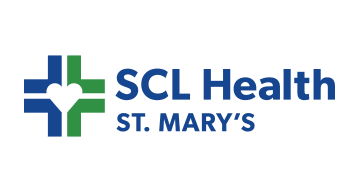

Why do health systems struggle to efficiently utilize assets? The fundamental problem is one of matching a volatile, unpredictable demand for services with the constrained availability of supply. Backward-facing tools such as dashboards are not adequately equipped to address this supply-demand issue.
Infusion centers face these supply-demand challenges on a daily basis. Building out a schedule for appointments at infusion centers is a coordinated effort that must consider various factors, from peak visit times to supply and capacity demands. These centers experience the same outcomes of unacceptable patient wait times, lack of available appointments, and nurses who can’t get off the floor for their breaks.
Johns Hopkins Medicine and University of Kansas Cancer Center both comprised hundreds of infusion chairs across multiple locations, serving tens of thousands of patients annually. Both organizations struggled with daily scheduling bottlenecks at peak midday hours, which led to long patient wait times and unpredictable, overloaded schedules for staff.
Learn how these cancer centers adopted LeanTaaS’ AI-powered iQueue for Infusion Centers solution to better match demand for infusion appointments with their supply of chairs, nurses, and time. As a result, the centers level-loaded their schedules, accommodated more patients in less time, and promoted consistent work days for nurses.
Viewers of this webinar will be able to:









Take the first step towards unlocking hospital capacity, generating ROI, and increasing patient access.